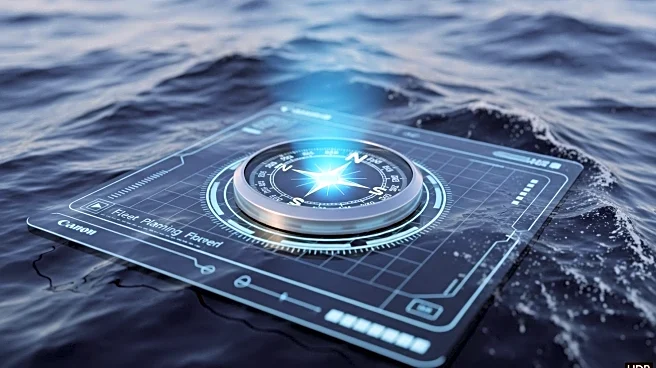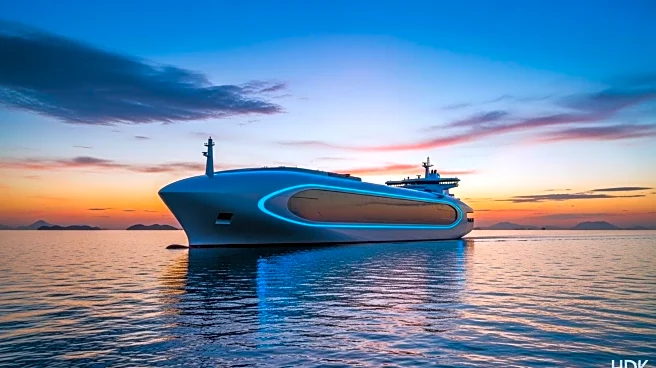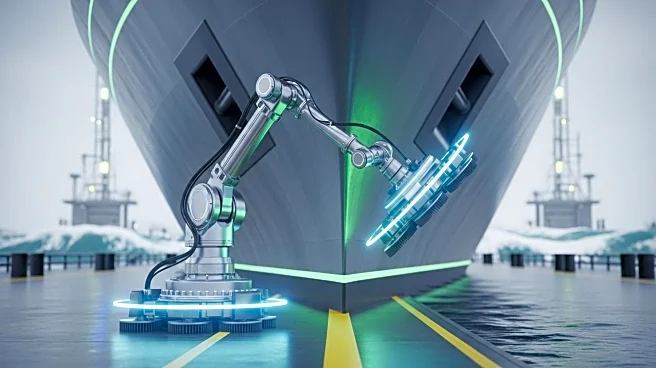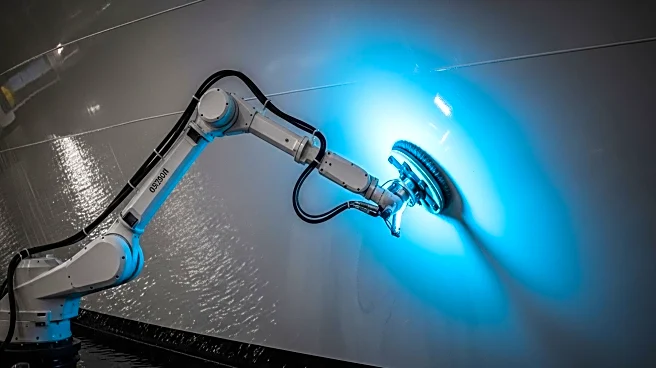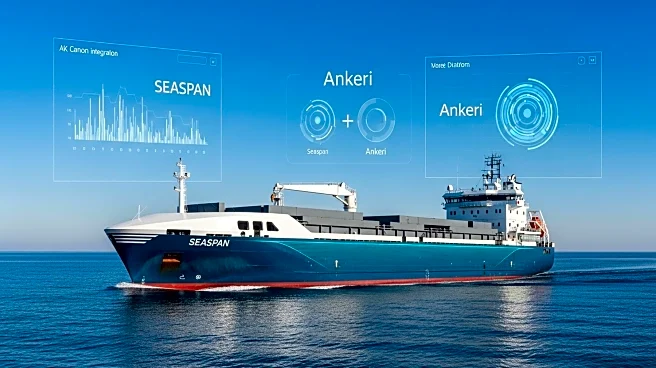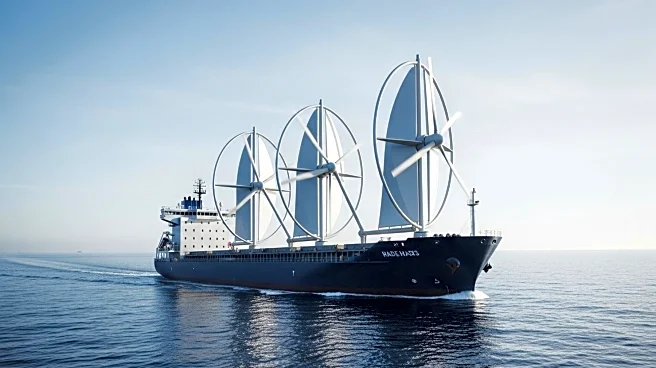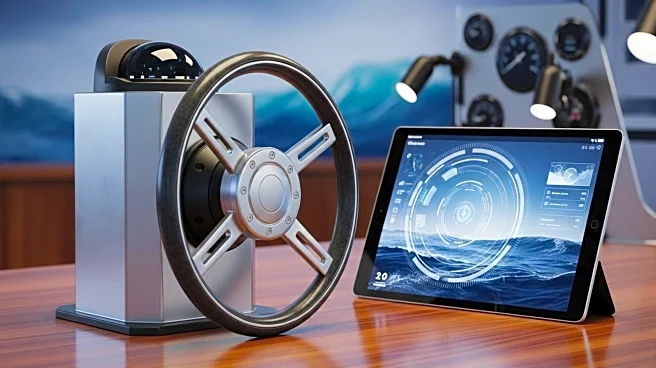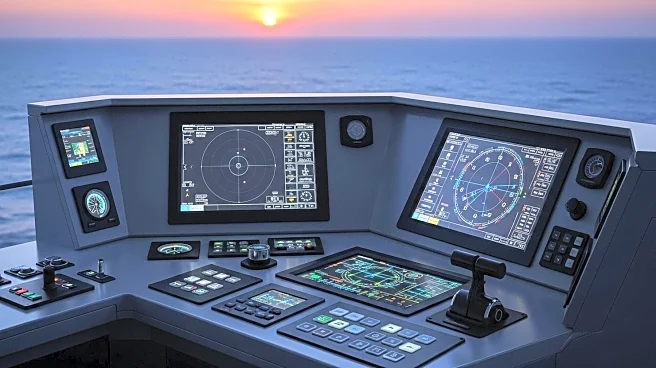What is the story about?
What's Happening?
Sofar Ocean has unveiled the Wayfinder Voyage Simulator, a new tool designed to enhance fleet planning by allowing operators, commercial teams, and chartering desks to generate and compare multiple voyage scenarios quickly. This simulator is part of Sofar's Wayfinder platform and integrates the company's marine weather forecasts, which are supported by what Sofar claims is the largest private real-time ocean sensor network. The tool is designed to outperform traditional models by up to 50% and includes vessel-specific performance models that update daily, as well as current market inputs like hire rates and fuel prices. The simulator estimates time, fuel, emissions, and cost outcomes, aiding in decisions such as vessel selection and weather impact assessments. Users can select a vessel, upload or choose a route, adjust inputs, and create simulations across different voyages and ships. The simulator complements the Wayfinder Voyage Optimization tool, which has been used by carriers like MOL Group and Berge Bulk, and the U.S. Navy, achieving average fuel savings of 5.5% across key routes in 2024.
Why It's Important?
The introduction of the Wayfinder Voyage Simulator is significant for the maritime industry as it addresses the need for more efficient and accurate voyage planning tools. By leveraging real-time ocean intelligence, the simulator can potentially reduce operational costs and environmental impact through optimized fuel consumption and emissions management. This innovation is particularly relevant as the shipping industry faces increasing pressure to improve efficiency and sustainability. Companies that adopt such advanced planning tools may gain a competitive edge by reducing costs and enhancing operational efficiency. Additionally, the tool's ability to provide real-time data and forecasts can help operators make more informed decisions, potentially leading to safer and more reliable shipping operations.
What's Next?
As the Wayfinder Voyage Simulator becomes more widely adopted, it is likely to influence the broader maritime industry by setting new standards for voyage planning and efficiency. Stakeholders such as shipping companies, environmental groups, and regulatory bodies may closely monitor its impact on fuel consumption and emissions. The success of this tool could lead to further innovations in maritime technology, encouraging other companies to develop similar solutions. Additionally, as the industry continues to prioritize sustainability, tools like the Wayfinder Voyage Simulator may become integral to achieving environmental goals and compliance with international regulations.
AI Generated Content
Do you find this article useful?
